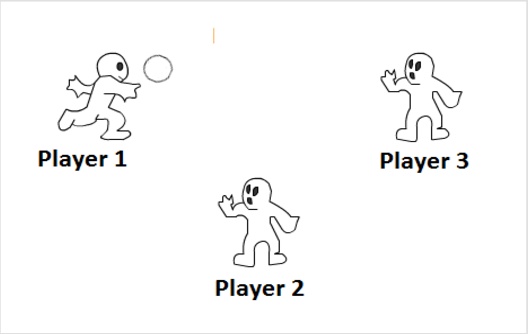* ‘Embodied Cognition Around 1800’, special issue of German Life and Letters, 70.4 (October 2017)
A couple of years ago I mentioned the conference on which this collection of essays, edited by Katharina Engler-Coldren, Lore Knapp, and my friend and colleague Charlotte Lee, is based. That was a very good event, and there are excellent essays here. The collection aims to bring some recent trends in cognitive science into the orbit of German literary scholarship, but it also aims to identify those trends in historical thought that were already pointing the way. While ‘4E’ cognition (embodied, extended, embedded, enacted) is often embraced as a game-changing way of uniting body and mind, the editors point out in their introduction that in the centuries since Descartes plenty of writers questioned the mind-body split (Herder, for example). The years around 1800 in Germany, the authors say, offer a particular concentration.
*
Now everyone can benefit from Nadja Tschentscher’s introduction to embodied cognition. It was a great success on the day, and the written version (Embodied Semantics: Embodied Cognition in Neuroscience’, pp. 423-9) is more than just a brilliant reading list. It’s a careful evaluation of a key trend in the field, towards thinking that many aspects of our thought and language derive fundamentally from bodily sensations, postures, and movement. Tschentscher concludes that ‘no evidence has yet been found for a causal effect of perceptual and motor systems on the processing of abstract words, numbers, and arithmetic facts in the adult brain’. It is, however, a ‘powerful proposition’.
*
The essays that connect most with the interests of this blog are…
* Charlotte Lee on ‘Movement and Embodiment in Klopstock and Goethe’, pp. 506-15. Klopstock’s poetry has a strongly physical dimension, its sounds and the physical objects they conjure interacting dynamically. His poem about a skater, ‘Der Eislauf’, includes a particularly rich ‘Schwung’, the ‘thrust’ of the skater phonetically captured, and Lee shows this is typical of Klopstock’s embodied style. One twist in the essay I particularly liked was the recognition that in this respect languages may be different: Klopstock certainly thought so. I’m not so sure – instinctively I think that other languages could find an equivalent of the tension and release you get in ‘Schwung’. It made me think also of Henry Raeburn’s famous painting ‘The Skating Minister’ (you can find it on Wikipedia), where (I think) the management of ‘Schwung’ is very interesting, and perhaps appropriately restrained given the skater in question.
* Terence Cave on ‘Dancing with Marionettes: Kleist and Cognition’, pp. 533-43. Cave sees Kleist’s dialogue on the marionette theatre both as an investigation into, and something illuminated by, ‘the critical borderline between the unreflective and the reflective’. The puppets cause some automatic reactions and associations in us, and they prompt reflections, and these may all inter-relate interestingly. They also operate on the boundary of life, lifelikeness, and liveliness: certain key, sometimes minimal signs, communicate vividly to us that something is alive. Cave discusses the work of modern puppeteer Stephen Mottram, whose work is well worth following up on his website, and via Youtube clips like this:
